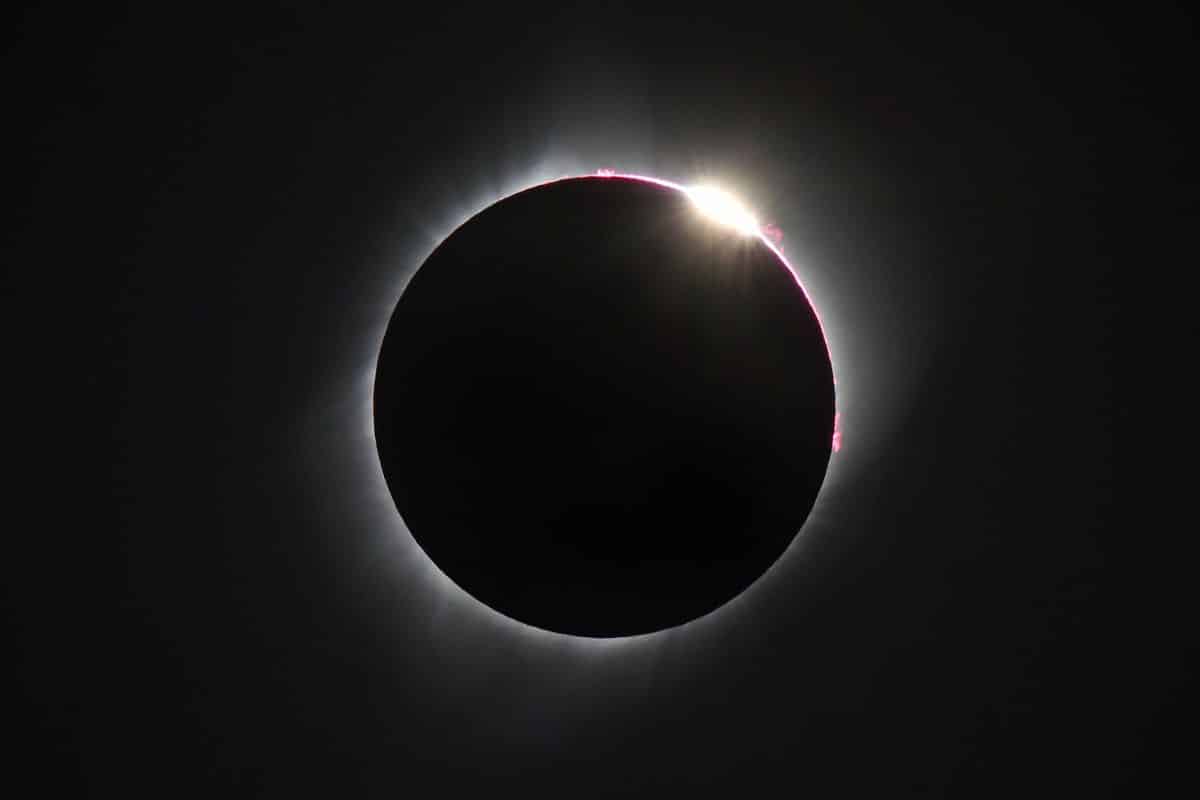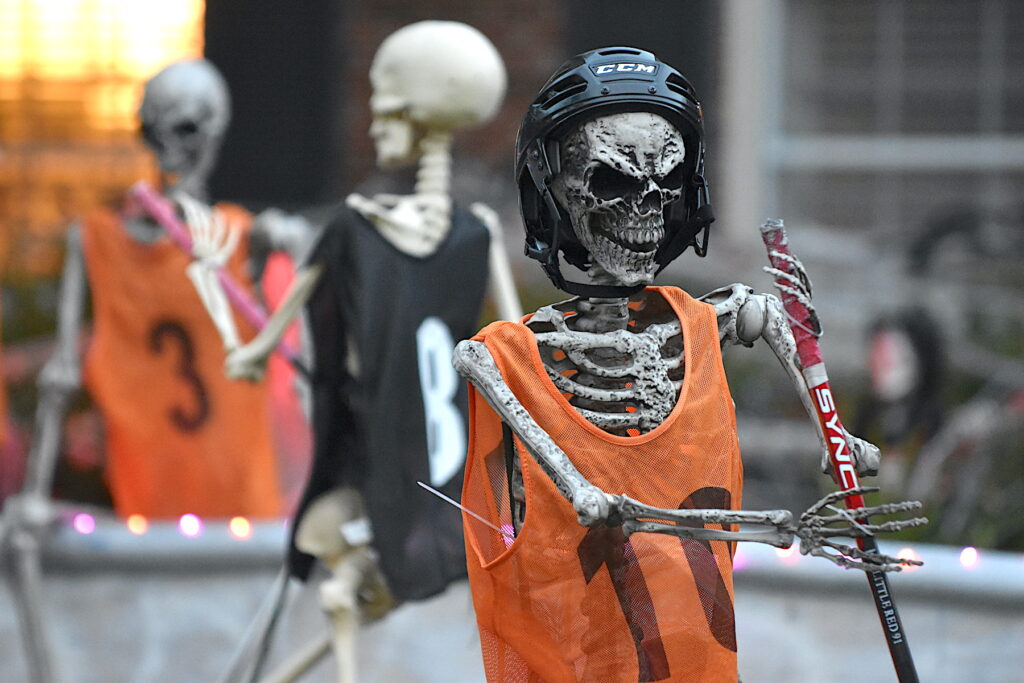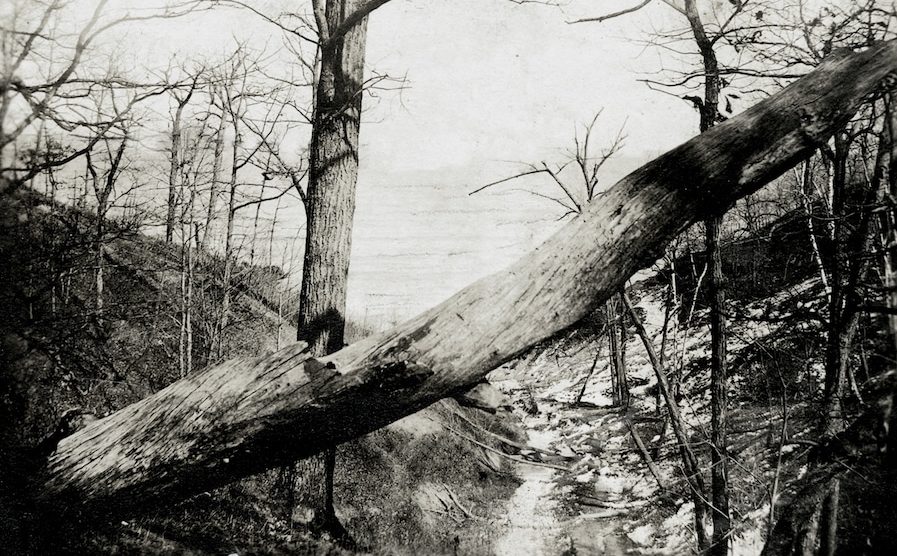
What’s up with this eclipse? How and where to view Monday’s natural phenomenon
One of the most unique light shows you may ever see is just around the corner, and it won’t require any electricity or special effects.
A total solar eclipse will sweep across the United States on Monday afternoon, April 8, passing over the North Shore from approximately 12:51 p.m. to 3:21 p.m., according to NASA scientists. During this time, the area will experience a rare, eerie daytime twilight.
Solar eclipses occur when the moon’s orbit passes between Earth and the sun, blocking out the light of the sun totally or partially. In near and complete totality, a halo or crown — caused by the outermost part of the sun fittingly known as its corona — forms around the moon.
Compared to the last total eclipse in August 2017, this one has a wider path and duration, with totality expected to last for 2 1/2 minutes, NASA scientists say. Thirty-two million people across the U.S., including southern Illinois and central Indiana, will be in the path of totality, which is the track of the moon’s shadow across Earth.
The North Shore will witness something similar, experiencing an impressive state of near totality with an estimated 92 to 93 percent of the sun expected to be blocked by the moon at 2:07 p.m, according to NASA’s interactive online map.
Safe viewing
To avoid eye damage, it is important to view the solar eclipse safely with solar viewers, special eye cover that look like the paper 3D movie glasses from the days of old. Experts warn that standard sunglasses are not effective against the intensely concentrated solar rays. Camera lenses, binoculars and telescopes should all have a special-purpose solar filter secured over the front.
Most large retailers, such as Home Depot and Staples, are selling approved solar viewers, which can be handheld or eyeglasses. Toy shop Wild Child, with Glencoe and Wilmette locations, is also selling solar eyeglasses for $5.99.
Local public libraries are giving away the glasses at their welcome desks, offering two per household until they run out. Wilmette and Highland Park Public Library are already out.
Scientists are warning that weather conditions could impact the local view of the eclipse and its impressiveness. Rain is on the forecast for Monday, but cloud cover will also impact the sight.
Where to view
Wilmette Public Library is hosting a viewing event from 12:30 p.m. to 3:30 p.m. on its front lawn and its auditorium, where officials will project the NASA livestream. They are out of solar eclipse glasses but still have some handheld solar viewers that they will handout at two per family until they run out. No registration is required.
Just outside the area, weather permitting, the Northbrook Public Library is hosting a viewing event at Tower Rink Field from 1 p.m. to 3 p.m. — no registration is required; and Skokie’s Emily Oaks Nature Center will set up a telescope and NASA livestream from 1 p.m. to 3 p.m.. Registration is now open, and tickets are $7.
And for those up for a drive (or train ride), the Adler Planetarium is scheduled to have a free, non-ticketed outdoor viewing event with safe solar viewing telescopes.
Now is the chance to see this phenomenon as the next total solar eclipse that can be seen from the U.S. won’t be until August 2044.
The Record is a nonprofit, nonpartisan community newsroom that relies on reader support to fuel its independent local journalism.
Subscribe to The Record to fund responsible news coverage for your community.
Already a subscriber? You can make a tax-deductible donation at any time.

Zoe Engels
Zoe Engels (she/her) is a writer and translator, currently working on a book project, from Chicagoland and now based in New York City. She holds a master's degree in creative nonfiction writing and translation (Spanish, Russian) from Columbia University and a bachelor's in English and international affairs from Washington University in St. Louis.


